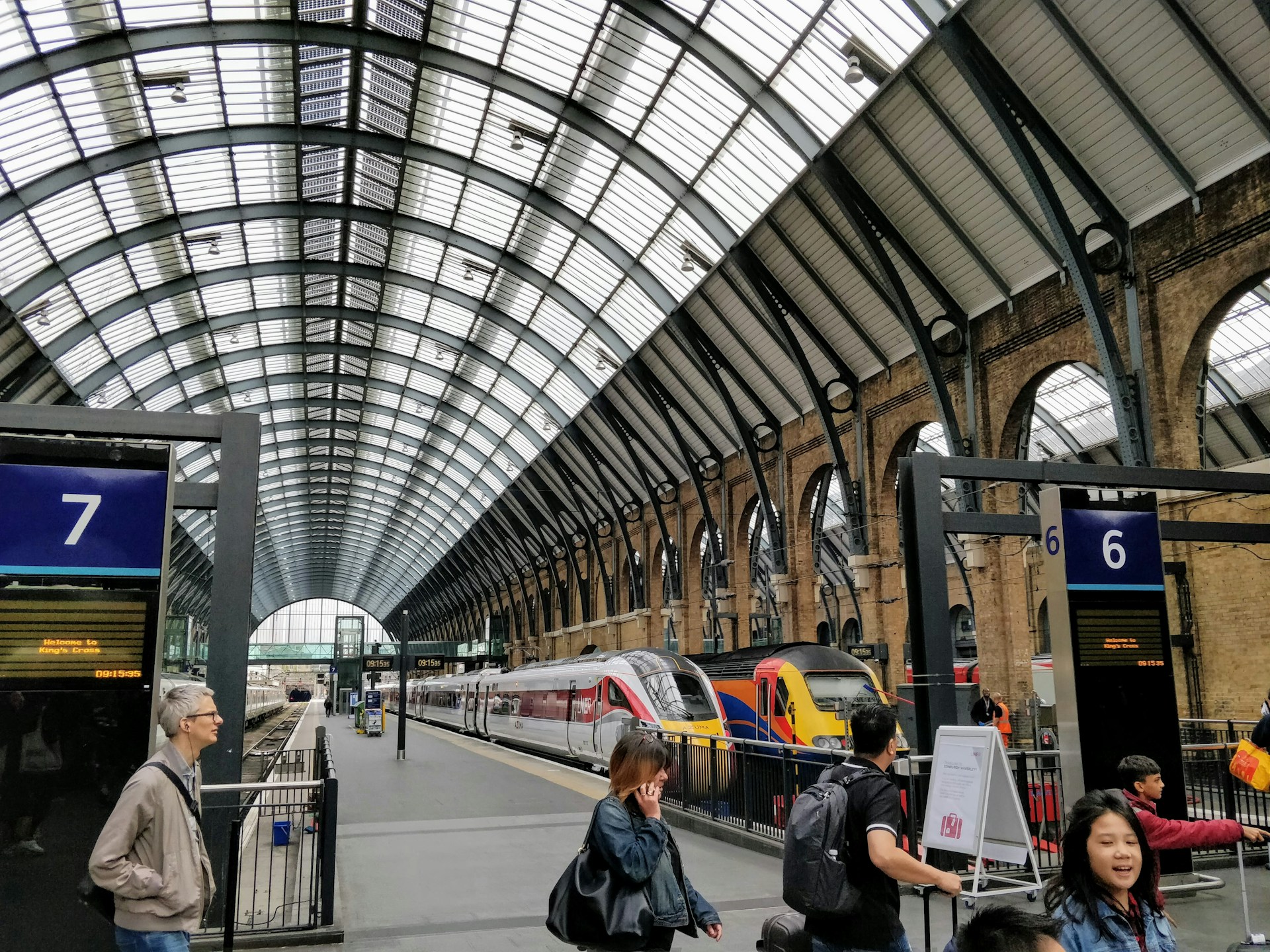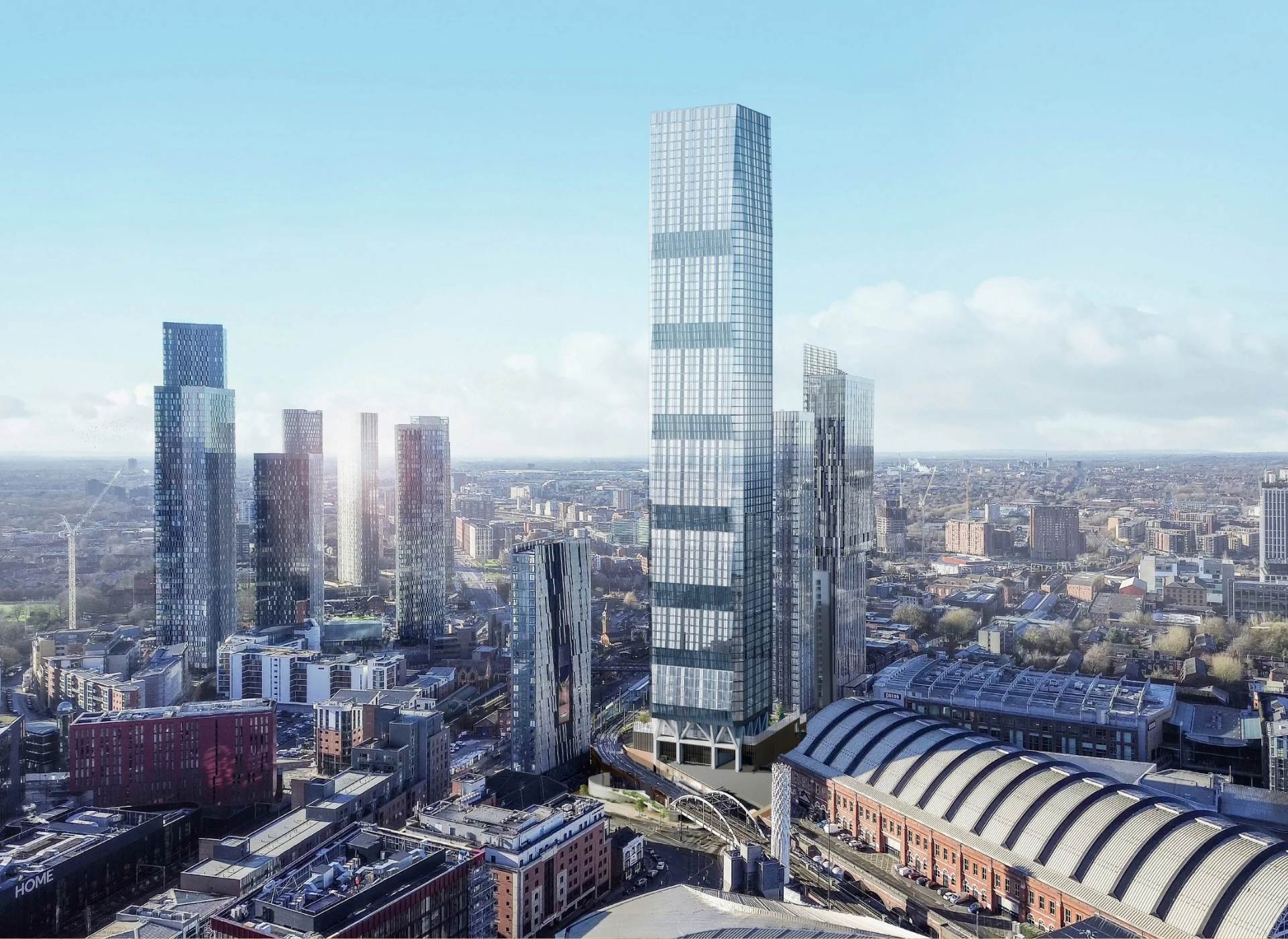The High Speed 2 (HS2) project is one of the most ambitious infrastructure undertakings in the United Kingdom, promising to revolutionise rail travel and connectivity across the country. At the heart of this transformative initiative is Birmingham’s Curzon Street Station, a key hub for the high-speed railway. As construction progresses, the station is set to become a landmark of modern engineering and sustainable design. Here’s an in-depth look at the latest updates and the anticipated completion timeline for this monumental project.
The Vision for Birmingham Curzon Street Station
Birmingham Curzon Street Station is designed to be a state-of-the-art facility, blending cutting-edge technology with environmental sustainability. It will be the first brand-new intercity terminus built in Britain since the 19th century, symbolising a new era of rail travel. The station’s design draws inspiration from Victorian railway architecture, incorporating great arched roofs while embracing 21st-century innovations. It aims to provide an exceptional passenger experience, with features such as open spaces, landscaping, and accessibility enhancements.
Latest Construction Updates
Progress on Structural Work
As of April 2025, construction at Birmingham Curzon Street Station is advancing steadily. The main structural framework is nearing completion, with significant progress made on the station’s iconic arched roof. This architectural feature is not only visually striking but also serves as a testament to the engineering prowess involved in the project.
The station’s platforms are being constructed to accommodate high-speed trains, ensuring seamless connectivity between Birmingham and other major cities. The installation of tracks and signalling systems is underway, with advanced technologies being employed to optimise efficiency and safety.
Sustainability Initiatives
One of the standout aspects of the Curzon Street Station is its commitment to sustainability. The station is designed to be net zero in operation, incorporating renewable energy sources and energy-efficient systems. Construction materials are being sourced responsibly, and efforts are being made to minimise waste and environmental impact.
The landscaping around the station is also a focal point, with plans to create green spaces that enhance the urban environment. These initiatives align with HS2’s broader goal of setting new standards for sustainable infrastructure.
Challenges and Solutions
While the construction progress is commendable, the project has faced its share of challenges. Delays in certain phases have been attributed to unforeseen circumstances, such as complex ground conditions and supply chain disruptions. However, the project team has demonstrated resilience and adaptability, implementing innovative solutions to keep the timeline on track.
Completion Timeline
The HS2 project, including Birmingham Curzon Street Station, is expected to be operational in the early 2030s. This timeline reflects the scale and complexity of the undertaking, which involves not only the construction of stations but also the development of an extensive network of viaducts, bridges, tunnels, and tracks.
The phased approach to construction ensures that each element of the project is meticulously planned and executed. While the timeline may seem lengthy, the benefits of HS2 are anticipated to be well worth the wait, offering faster travel times, reduced congestion, and economic growth.
Economic and Social Impact
Boosting Connectivity
Once completed, HS2 will significantly enhance connectivity between Birmingham and other major cities, including London, Manchester, Liverpool, and Glasgow. Journey times between Birmingham and London will be nearly halved to just 49 minutes, making the city more accessible for commuters and tourists alike.
Driving Economic Growth
The HS2 project is expected to be a catalyst for economic growth in Birmingham and the surrounding region. The improved connectivity will attract businesses, create jobs, and stimulate investment. The Curzon Street Station itself is set to become a vibrant hub, contributing to the city’s regeneration and development.
Enhancing Quality of Life
The environmental and social benefits of HS2 extend beyond transportation. The project’s commitment to sustainability and urban landscaping will enhance the quality of life for residents, creating a greener and more liveable city.
The HS2 Birmingham Curzon Street Station is more than just a railway terminus; it is a symbol of progress, innovation, and sustainability. As construction continues, the station is poised to redefine rail travel and connectivity in the UK. Despite challenges, the project remains a beacon of hope for a brighter, more connected future.
With its blend of architectural excellence, environmental responsibility, and economic potential, Birmingham Curzon Street Station is set to become a landmark that generations will admire. As we look forward to the early 2030s, the anticipation for HS2’s transformative impact continues to grow. Stay tuned for more updates as this extraordinary project unfolds.






